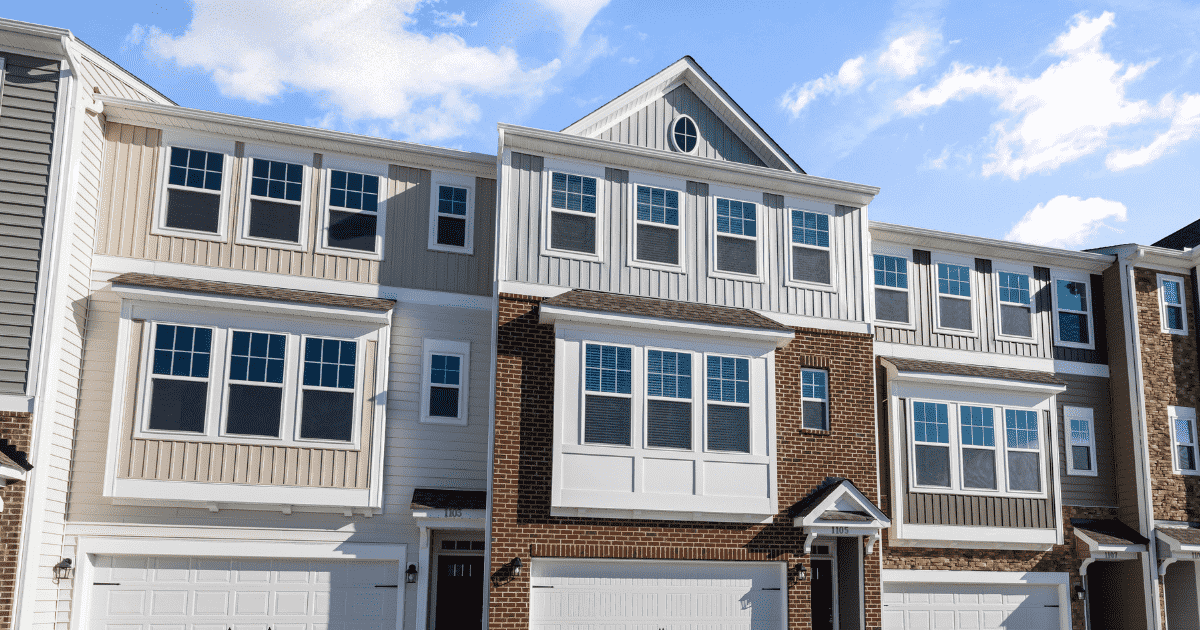Every Realtor and their clients have been touched directly or indirectly by insurance premiums, possibly even as simply a consumer.
In early March I received a near exact 30 per cent increase in my small multi-residential rental property insurance premium. I heard from other residential landlords before who also felt they had been victimized by massively increased insurance premiums but I was still stunned, and then quite upset.
I felt I was one of my insurance company’s better operators with a well-established track record. Despite the COVID-19 doom-and-gloom forecasters, this property had no non-payments of rent or evictions, no claims or losses in the past five years and no gas perils (electric heat). The property is much younger than most properties in Oshawa, all units were fully occupied and there was no student occupancy. I reasonably believed this property was very low-risk to an insurer.
So I solicited comparative quotes. Responses ranged from about $250 more than my current premium to almost double the amount. This was the same experience I had in June 2020 when I tried to find property insurance for my Seniors Affordable Housing pilot. The lowest competitive quote was literally double what the current premium was at that time, while a couple of quotes were triple.
What happened!? My insurance agent replied, “Our apartment rates took a hit and it is affecting all of our business, but good business should be rewarded and I will try my best to get you the best rate.” Her eventual counteroffer was to double the deductible from $5,000 to $10,000 (the amount I’d have to pay in the event of a claim) for a savings of $139.32 on a renewal fee of $3,548.80.
Essentially, what she was saying was that all the good operators that paid big premiums and never made a claim were paying for all the bad or unfortunate operators who did make a claim as well as the criminals who may have successfully defrauded the company.
To me, the agent’s explanation smacked of best-seller fiction, although the agent was likely just regurgitating to me the same crud she’d been fed by her company. In part that’s because a decade ago I chose to invest in residential rental properties rather than any other category. In my opinion, it’s the most stable and recession-resistant real property investment asset class. Everyone needs a place to live but they don’t all need a place to work, which became a top-of-mind consequence of COVID-19 – work from home.
After many, many hours of looking unsuccessfully online for summary information of actual profitability of Canadian insurance companies and also looking at individual insurance company annual reports, I stumbled across MSA Research, a Canadian insurance industry research firm that publishes an annual property and casualty (P&C) report on every insurance company in Canada. Its Q4 2020 report identified 183 insurance companies but some companies are owned by larger companies. For example, while Intact operates under its own name, it also owns Belair, Novex, Guarantee, Jevco, Trafalgar and Nordic. There are several such conglomerates including Desjardins, RSA, Northbridge, Economical, CAA and The Cooperators.
I parsed MSA’s report into a spreadsheet and checked out my agent’s claim. Her insurance company had a combined net income (profit) of $362 million. Its poorest performing subsidiary still generated $10 million net income. Out of the 183 companies, 32 did have negative net income. That left 151 companies (82 per cent of the industry) making a profit. The smallest profit was $51 million; the largest profit was about $606 million.
Insurance companies generate revenue primarily in two ways; from the premiums they charge, called underwriting, and from reinvesting that money. Unlike most other types of businesses though, if an insurance company’s investments or underwriting go south, they just hike the price of their premiums and pass the losses on to customers in the form of higher policy costs.
It’s no surprise then why Warren Buffet, the “Sage of Omaha” and the world’s wealthiest individual, invested heavily in the insurance sector by buying Geico and opening his own insurance firm, Berkshire Hathaway Reinsurance Group (BHRG). A Nov. 5, 2020 report on www.statistia.com stated that BHRG was the most profitable property and casualty (stock) insurance company worldwide in 2019, with revenues amounting to USD $254.62 billion.
That’s 3.5 times more than the whole Canadian P&C industry.
Buffet’s strategy might be condensed to three key elements: (1) premiums paid to BHRG insurance companies remain on hand or are invested as its managers see fit; (2) BHRG invests in companies that have a long history of paying dividends and (3) Buffett reinvests dividends rather than paying one out to investors.
According to Canadian Underwriter magazine’s coverage of MSA Research’s Q4-2020 Outlook Report, “Canada’s P&C insurance industry survived the pandemic year of 2020 in good financial health … The Canadian P&C industry emerged from 2020, an extraordinary year in all respects, with strong results and strengthened balance sheets,” said Joel Baker, MSA’s CEO, “… generally speaking all boats were lifted. The industry’s return on equity (ROE) in 2020 reached 11.03 per cent, which is a significant jump up from the industry ROE of 7.1 per cent … in 2019. The industry’s net income grew by 54.73 per cent (italics emphasis by me) last year, expanding from about $3.9 billion in 2019 to $6 billion in 2020. On the claims side, the industry’s net loss ratio dropped 2.42 percentage points (emphasis by me) over last year (64.15 per cent in 2020, compared to 66.57 per cent in 2019). The claims experience in 2020 wasn’t the same for all carriers, as Baker observed.
The article further stated, “Personal and multi-line carriers performed well despite offset lower auto losses with COVID relief via premium rebates and significant Cats (catastrophe events),” he said.
Baker described the top-line growth of commercial insurers and reinsurers in 2020 as “outrunning the bear” of claims inflation. Commercial insurers exhibited very strong top-line growth of 18 per cent as a result of firming rates,” Baker said. “Despite this, claims were up more than 17 per cent.”
From what I have researched I don’t see anything that indicates that the Canadian insurance industry and 82 per cent of its member companies were hurt by COVID-19 – quite the opposite.
Is it possible that there’s an unwritten conspiracy between the insurers to quote extraordinarily high premiums on their competitors’ business in order to discourage customers from changing vendors and possibly to even make the exorbitant renewal premiums look good by comparison to competitor’s quotes? Only one exception out of about 20 attempts came anywhere near to my existing supplier’s renewal premium.
All English dictionaries have a word for such practices – profiteering. Preventing this kind of unconscionable behaviour is the supposed raison d’être of Canada’s Competition Bureau. If there was ever a cry for the Competition Bureau to investigate an alleged cabal of company executives loosely communicated “verbal understandings” to profit from the misfortunes of consumers and commercial business operations universally and unreasonably, especially during times of crisis – such as a worldwide pandemic – it has to be Canadian insurance companies.
If you want to check out your own insurance company’s financial supposed “loss” claims, here is the MSA Research Report.
Chris Seepe spent 35+ years in I.T. before entering commercial real estate a decade ago. He’s a published writer and author of two books on “landlording,” course instructor, president of the Landlords Association of Durham, and a commercial real estate broker of record at Aztech Realty in Toronto, specializing in income-generating and multi-residential investment properties. Call (416) 525-1558, or send him an email.














